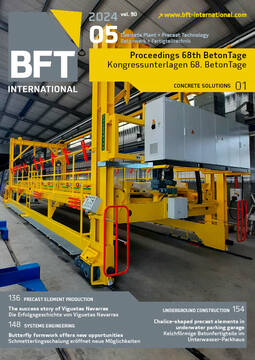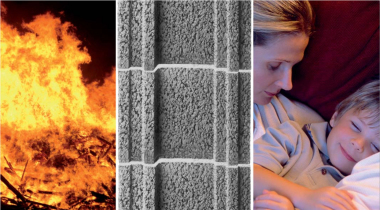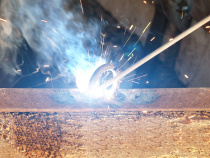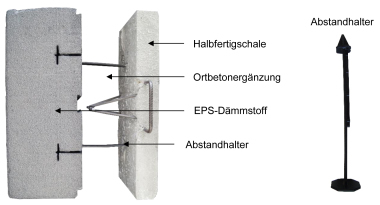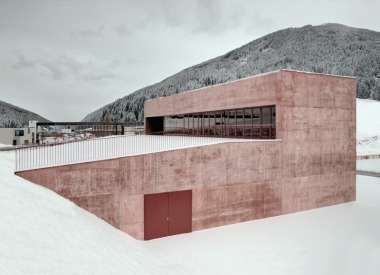Fire protection with lightweight concrete
With lightweight concrete, a building material was introduced to the world of construction that not only stands out due to high compressive strengths and flexible application possibilities, but can also be classified as “non-combustible” in terms of fire behavior without requiring additional tests. This property allows lightweight concrete to be used in all building classes, including use as a fire wall to subdivide different fire compartments.
For the structural fire design of the mostly load-bearing components, however, attention must be paid to how the lightweight concrete is used. Structural elements cast in one piece with included reinforcement can be designed and dimensioned in accordance with Eurocode EC 2, for example, whereas masonry blocks fall under Eurocode EC 6 and, in Germany, require a national technical
approval (abZ) or general type approval (aBG), respectively, unless they are standardized blocks.
The fire resistance period of load-bearing components, such as walls and pillars, can be established in accordance with European standards DIN EN 1365-1 and DIN EN 1365-4 or nationally in accordance with DIN 4102-2.
Flame treatment in accordance with the standard temperature-time curve during a fire test causes the test specimen to heat up continuously. As soon as the test specimen has reached a temperature of approx. 100°C, chemically bound water begins to evaporate. On the one hand, the water vapor has a cooling effect, and a temperature plateau forms until the water has evaporated. On the other hand, space is required in the test specimen as a result of the evaporation process. If there is a lack of space, pressure builds up in the component, which can be equalized by spalling on the test specimen. However, spalling leads to a weakening of the cross section and, as a result, the load-bearing capacity criteria are often exceeded.
The explosive effect caused by the water vapor pressure is not present in no-fines lightweight concrete, since the pressure can escape through the air ducts in the concrete matrix. Thisproperty is a major advantage for behavior in the event of fire, making no-fines lightweight concrete a construction material that, in comparison to other load-bearing components, guarantees structural fire protection without requiring any additional design measures.


